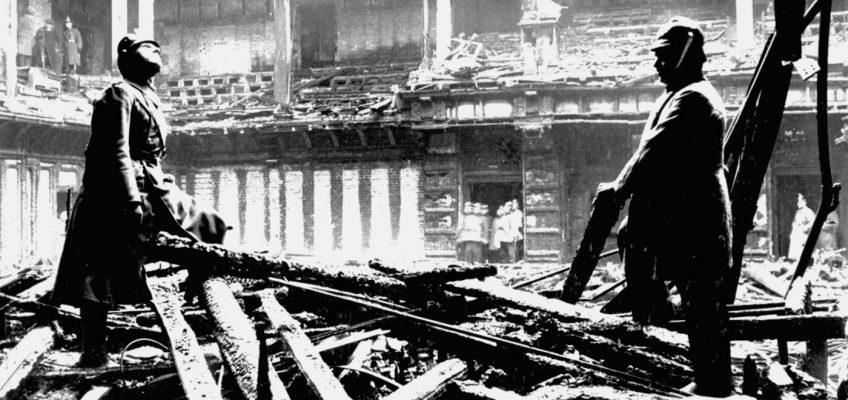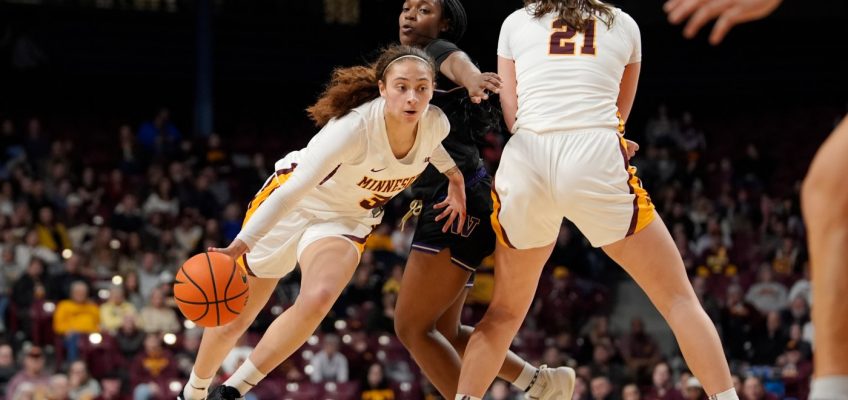Today is Thursday, Feb. 27, the 58th day of 2025. There are 307 days left in the year.
Today in history:
On Feb. 27, 1933, Germany’s parliament building, the Reichstag, was gutted by fire; Chancellor Adolf Hitler, blaming communists, used the fire to justify suspending civil liberties.
Also on this date:
In 1942, the Battle of the Java Sea began during World War II; Imperial Japanese naval forces scored a decisive victory over the Allies.
Related Articles
Demolition continues on the Hamline-Midway Library in St. Paul
Today in History: February 26, World Trade Center bombing of 1993
Today in History: February 25, Muhammad Ali wins heavyweight title
Clint Hill, Secret Service agent who leaped onto JFK’s car after the president was shot, dies at 93
Today in History: February 24, President Andrew Johnson impeached by US House
In 1951, the 22nd Amendment to the Constitution, limiting a president to two terms in office, was ratified.
In 1972, President Richard M. Nixon and Chinese Premier Zhou Enlai issued the Shanghai Communique, which called for normalizing relations between their countries, at the conclusion of Nixon’s historic visit to China.
In 1973, members of the American Indian Movement occupied the hamlet of Wounded Knee in South Dakota, the site of the 1890 massacre of Sioux men, women and children; the occupation would last for over two months.
In 1991, Operation Desert Storm came to a conclusion as President George H.W. Bush declared in a White House address that “Kuwait is liberated, Iraq’s army is defeated,” and announced that the allies would suspend combat operations at midnight, Eastern time.
In 1997, Ireland became one of the last countries in the world to legalize divorce. Divorce remains illegal in just two countries: the Philippines and Vatican City.
In 1998, with the approval of Queen Elizabeth II, Britain’s House of Lords agreed to end 1,000 years of male preference by giving a monarch’s first-born child the right to take the throne, regardless of the child’s sex.
In 2010, in Chile, an 8.8 magnitude earthquake and subsequent tsunami killed 525 people and caused up to $30 billion in damage.
In 2022, Russian President Vladimir Putin dramatically escalated East-West tensions by ordering nuclear forces put on high alert while Ukrainian President Volodymyr Zelenskyy agreed to talks with Moscow as Putin’s troops and tanks drove deeper into the country.
Today’s birthdays:
Actor Joanne Woodward is 95.
Football Hall of Famer Raymond Barry is 92.
Consumer advocate Ralph Nader is 91.
Broadcast journalist Charlayne Hunter-Gault is 83.
Rock musician Neal Schon (Journey) is 71.
Actor Timothy Spall is 68.
U.S. Sen. Maggie Hassan, D-N.H., is 67.
Basketball Hall of Famer James Worthy is 64.
Actor Noah Emmerich is 60.
Jockey Kent Desormeaux is 55.
Singer Chilli (TLC) is 54.
Football Hall of Famer Tony Gonzalez is 49.
Author Chelsea Clinton is 45.
Singer Josh Groban is 44.
Actor Kate Mara is 42.




